Properties Of cement Mill Dust
2019-02-16T10:02:49+00:00
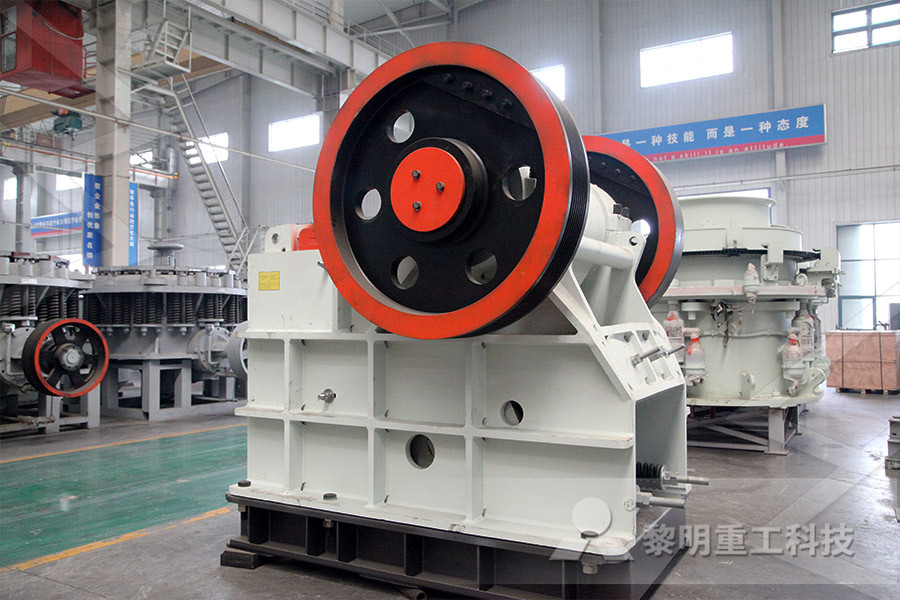
Properties of cement kiln dust concrete ScienceDirect
Properties of blended cements made with Portland cement, cement kiln dust, fly ash, and slag In: Proceedings of the international congress on the chemistry of cement, communications theme 3, Brazil, vol 104; 1986 p 118–27Maslehuddin et al (2009) evaluated the properties of cement kiln dust (CKD) blended cement concretes The percentages of CKD were 0%, 5%, 10% and 15%, replacing cement ASTM C 150 Type I and Type Properties of cement kiln dust concrete Request PDFBeneficial Uses of Cement Kiln Dust IEEE Conferenc The major parameters that determine CKD characteristics are the raw feed material type of kiln operation dust collection systems and fuel type Since the properties of CKD can be significantly affected by the design operation and materials used in a cement kiln the chemical and physical characteristics of CKD must be evaluated on anPhysical properties of cement kiln dust Manufacturer
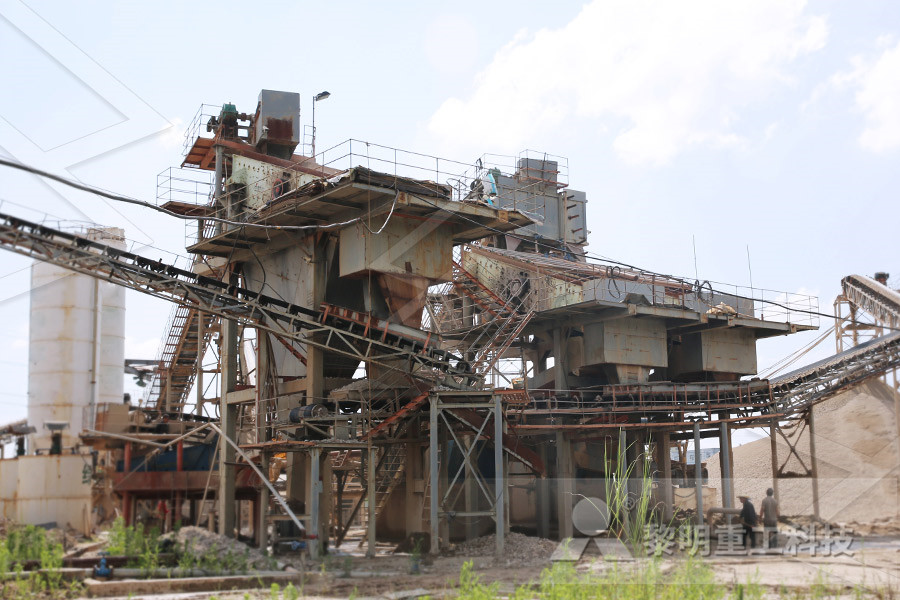
Geotechnical Properties of Cement Kiln Dust and
properties of BC soil used Cement Kiln Dust (CKD) Cement Kiln Dust (CKD) was obtained from ACC, LTD (unit of Lafargeholcim, India) cement production plant located in Wadi (17o N, 76o E) of Gulbarga district The chemical composition of the CKD used in Dust and Physical Properties Measurements – Sinai Cement Company – Egypt January 12, 2021 SevenDynamic News Emission monitoring in ambient air aims to make sure of the air quality and evaluate any procedures to make air more safe with Dust and Physical Properties Measurements Sinai Properties of Concrete incorporating Cement Kiln Dust M Maslehuddin, OSB AlAmoudi, MK Rahman, M R Ali MS Barry King Fahd University of Petroleum and Properties of Concrete incorporating Cement Kiln Dust
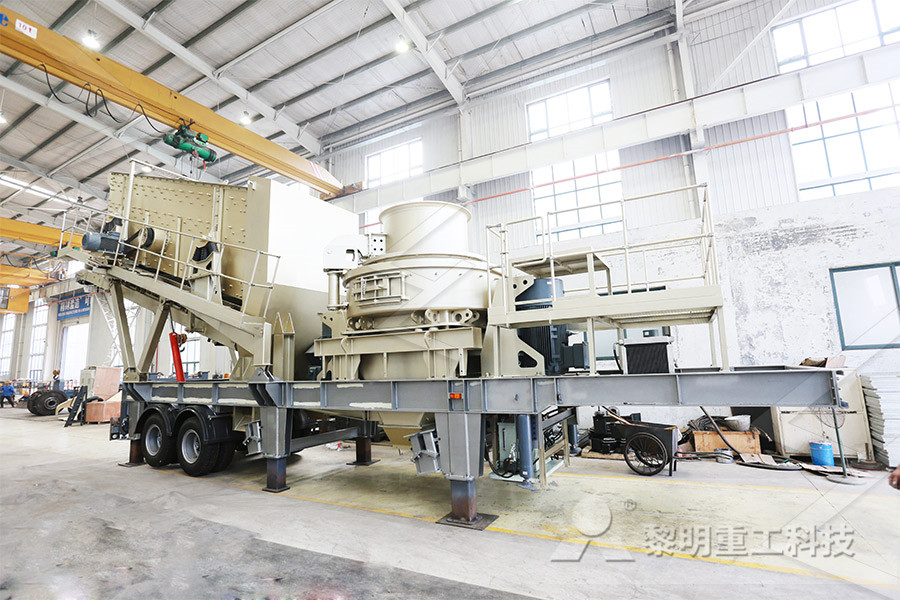
Compaction Properties of Cement Kiln Dust
Cement kiln dust (CKD) is a byproduct of cement factories representing a real challenge for treatment due to the huge produced quantities of severe environmental hazards Disposing of CKD requires compacting the raw material to the minimum volume due to the high cost of landfills Activation methods and their effects on strength development of nonclinker cements made with 50% cement kiln dust (CKD) and 50% Class F fly ash (FA) were investigated These activation methods included (1) ball mill cogrinding; (2) chemical (2 and 5% NaOH) addition; and (3) elevated temperature curing (38 and 50 ° C) Particle size Activations and Properties of Cementitious Materials Cement, a popular binding material, is a very important civil engineering material This article concerns the physical and chemical properties of cement, as well as the methods to test cement properties Physical Properties of Cement Different blends of cement Properties of Cement Physical Chemical Civil
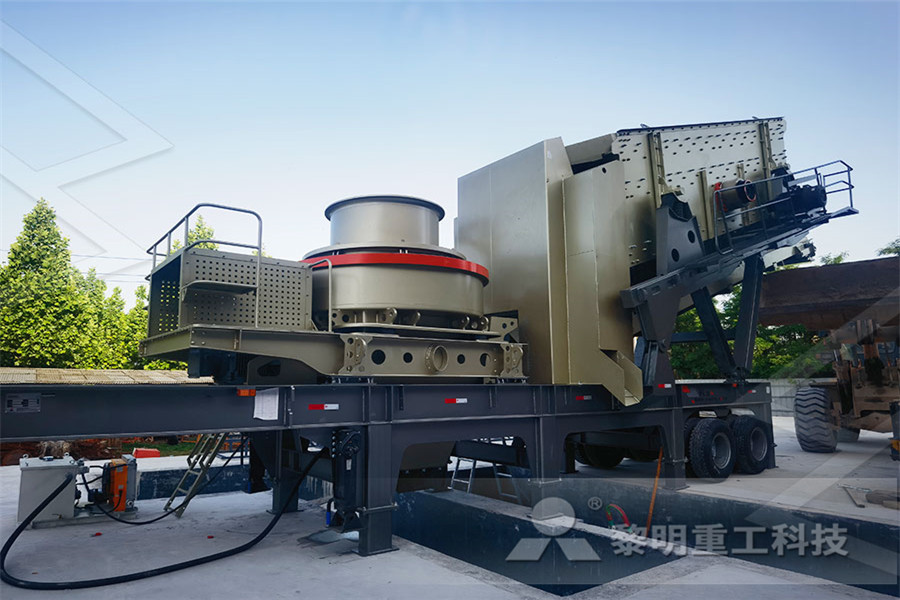
Cement: Characteristics, Properties, Composition,
2 天前 ADVERTISEMENTS: In this article we will discuss about: 1 Characteristics of Cement 2 Properties of Cement 3 Composition 4 Functions of Ingredients 5 Harmful Constituents 6 Setting Action 7 Site for Factory 8 Packing 9 Ball Mills and Tube Mills 10 Field Tests 11 Storage 12 Uses Characteristics of Cement: Following are the characteristics of []taken with the view of obtaining data regarding the properties of the cementsawdust and of the cementsandsawdust systems, with particular interest centered on the compressive strengths and thermal conductivities Various adinixtures were tried with the hope of increasing the strength or of reducing the cement requirements for a given strengthThe Properties 'of CementSawdust Mortars, Plain, and Activation methods and their effects on strength development of nonclinker cements made with 50% cement kiln dust (CKD) and 50% Class F fly ash (FA) were investigated These activation methods included (1) ball mill cogrinding; (2) chemical (2 and 5% NaOH) addition; and (3) elevated temperature curing (38 and 50 ° C) Particle size Activations and Properties of Cementitious Materials
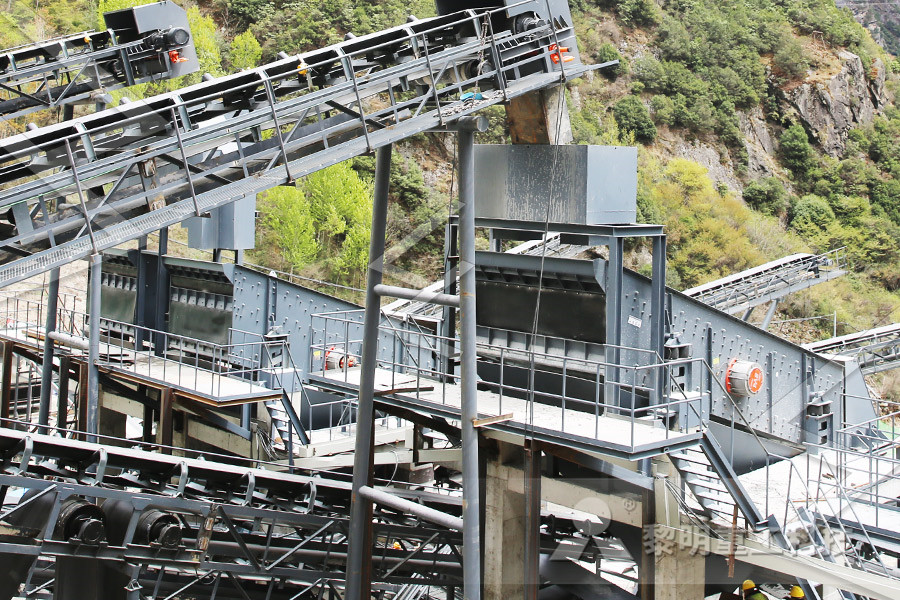
Cement: Characteristics, Properties, Composition,
2 天前 ADVERTISEMENTS: In this article we will discuss about: 1 Characteristics of Cement 2 Properties of Cement 3 Composition 4 Functions of Ingredients 5 Harmful Constituents 6 Setting Action 7 Site for Factory 8 Packing 9 Ball Mills and Tube Mills 10 Field Tests 11 Storage 12 Uses Characteristics of Cement: Following are the characteristics of [] Cement plants produce large quantities of dust, which is an important source of pollution Among these pollutants is raw materials mill dust (RMMD), it is a dust Verification of the Effect of Raw Materials Mill Dust on Activations and Properties of Cementitious Materials Made with CementKiln Dust and Class F Fly Ash Activation methods and their effects on strength development of nonclinker cements made with 50% cement kiln dust (CKD) and 50% Class F fly ash (FA) were investigatedActivations and Properties of Cementitious Materials
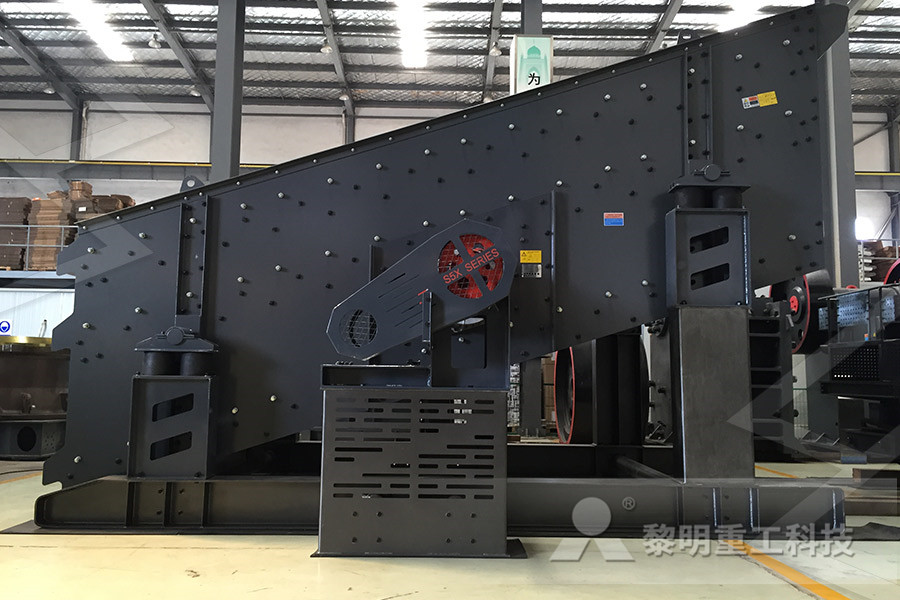
The Role of Dust Collectors in Cement Production
The production of Portland cement makes up approximately 90% of the total cement produced in the US The main raw materials categories used to make Portland cement are lime, silica, alumina, and iron, but the process also consists of byproducts from other industries such as power plant fly ash, steel mill scale, and metal smelting slag QUARRY DUST AS PARTIAL REPLACEMENT OF CEMENT: Using of waste to make concrete is a new technique to handle waste material from industries Quarry dust is a waste from the crushing unit which accounts 25%30% of the final product from stone crushing unit and a reason to cause environmental pollutionIntroduction to QuarryDust as Partial Replacement Another cost of kiln emission control is that of dust return Figure 626 of the HEW Publication projects, for a hypothetical example, an economic breakeven point of approximately 97% col lection efficiency In the case of cement kilns, the breakeven point may require substantial or total discard of collected dustAir Pollution Control in the Cement Industry
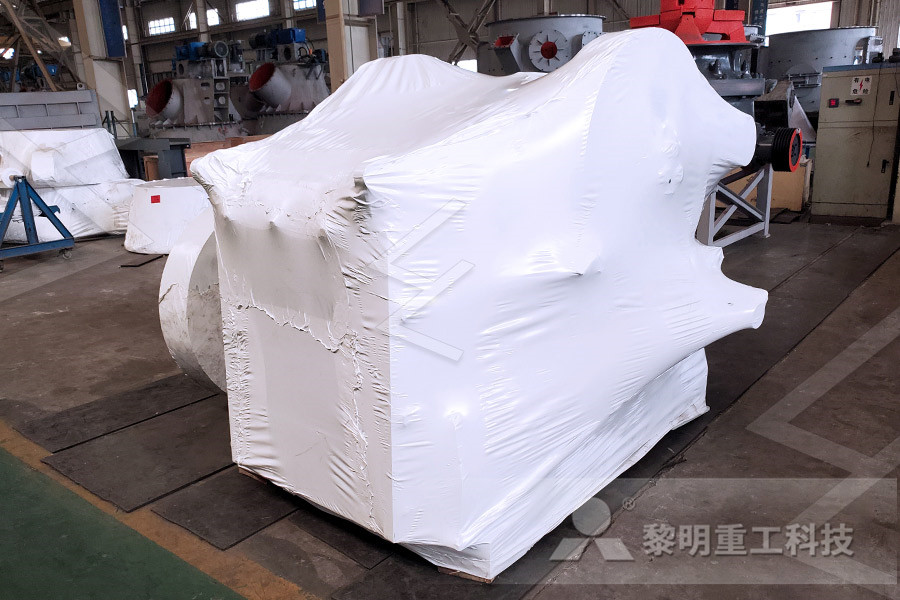
Vertical Raw Mill for Cement Raw Meal Grinding in
Vertical raw mill is important equipment widely used in the cement raw meal (cement raw materials) grinding section of the cement production process in cement plantBecause the vertical raw mill is the use of roller grinding principle to crush materials, its vertical raw mill operation is more efficient and energysaving, product output is more stable, so in cement industry, electric power 29 Clinker transfer to mill hoppers (Pan Conveyor) 30 Discharge and reclaim of clinker and additives (Silo Discharge Gate/CENTREX / Rotary Discharge Machine) 31 Distribution of clinker and additives (Pivoting Pan Conveyor) 32 Cement mill feeding (Bucket Elevator) 33 Filter dust reclaim (En Masse Chain Conveyor) 34 Cement silo feedingConveying and Storing in the Cement Industrytaken with the view of obtaining data regarding the properties of the cementsawdust and of the cementsandsawdust systems, with particular interest centered on the compressive strengths and thermal conductivities Various adinixtures were tried with the hope of increasing the strength or of reducing the cement requirements for a given strengthThe Properties 'of CementSawdust Mortars, Plain, and
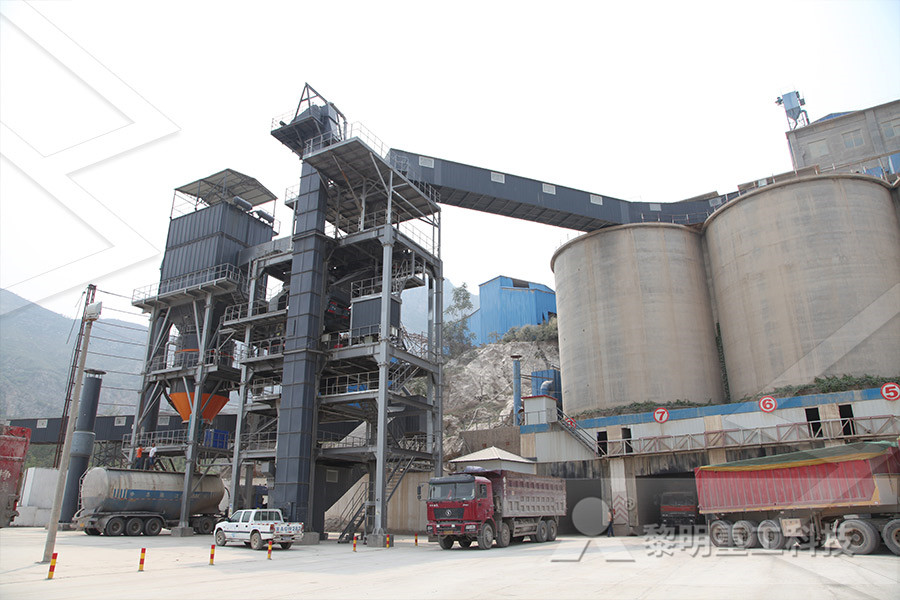
PROPERTIES OF CEMENT AND MORTAR
Properties of cement and mortar incorporating marble dust and crushed brick Ceramics − Silikáty 52 (1) 2428 (2008) 25 Table 1 Chemical characteristics of used material Oxides Chemical analysis (wt%) Clinker Natural Pozolan Marble waste L B D Gypsum SiO2 2140 7490 138 5465 5473 5202 184 Al2O3 499 1355 037 2160 2190 2163 31110 29 Clinker transfer to mill hoppers (Pan Conveyor) 30 Discharge and reclaim of clinker and additives (Silo Discharge Gate/CENTREX / Rotary Discharge Machine) 31 Distribution of clinker and additives (Pivoting Pan Conveyor) 32 Cement mill feeding (Bucket Elevator) 33 Filter dust reclaim (En Masse Chain Conveyor) 34 Cement silo feedingConveying and Storing in the Cement Industry QUARRY DUST AS PARTIAL REPLACEMENT OF CEMENT: Using of waste to make concrete is a new technique to handle waste material from industries Quarry dust is a waste from the crushing unit which accounts 25%30% of the final product from stone crushing unit and a reason to cause environmental pollutionIntroduction to QuarryDust as Partial Replacement
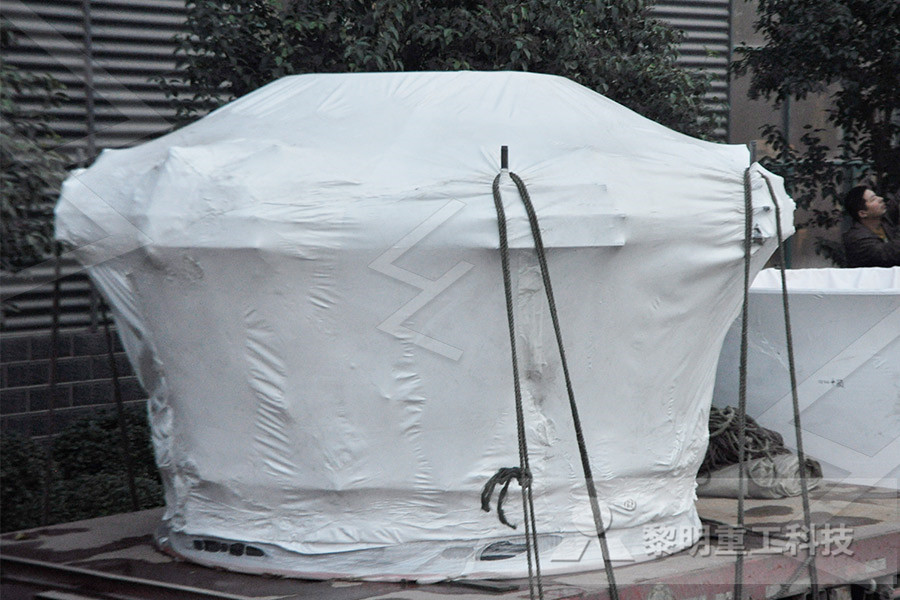
C E M E N T CEMENT MILL TEST REPORTS: What
Graphed mill test data tells how well the cement manufacturer is keeping the product’s chemical and physical properties uniform from day to day When examining a standalone mill test report, break it down into two parts: chemical properties and physical properties Chemical properties A mill test report typically begins with Another cost of kiln emission control is that of dust return Figure 626 of the HEW Publication projects, for a hypothetical example, an economic breakeven point of approximately 97% col lection efficiency In the case of cement kilns, the breakeven point may require substantial or total discard of collected dustAir Pollution Control in the Cement Industry Filter dust handling Dosing and conveying systems Everything starts with the raw material quarrying Depending on its characteristics, the raw material needed for the cement production process is quarried by blasting, hydraulic excavators or ripping A wide range of crushing plants – depending on the material’s properties and type of extractionRaw material preparation From the quarry to raw meal
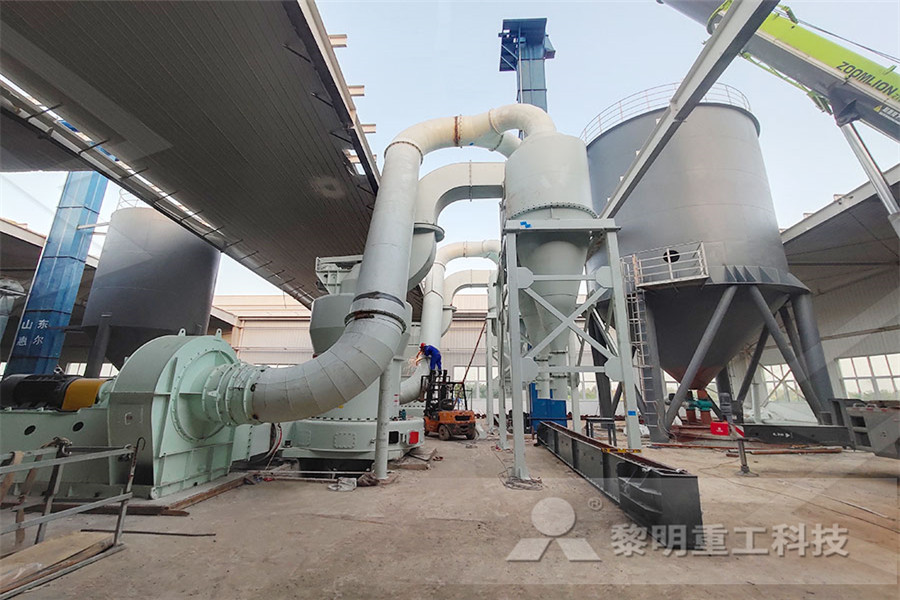
Cement Mill Baghouse Case Study, Northern USA
Cement Alkali ByPass Baghouse Northern USA Initial Conditions In 1991 Micropul built two Alkali ByPass baghouses for a large cement manufacturer The baghouse was originally fitted with conventional 22 oz Woven Fiberglass filter bags These bags were found to blind, and were lasting less than a year resulting in untimely plant shutdowns TheVertical raw mill is important equipment widely used in the cement raw meal (cement raw materials) grinding section of the cement production process in cement plantBecause the vertical raw mill is the use of roller grinding principle to crush materials, its vertical raw mill operation is more efficient and energysaving, product output is more stable, so in cement industry, electric power Vertical Raw Mill for Cement Raw Meal Grinding in Limestone dust and cement were mixed and homogenized together in a laboratory Jar mill for 5 min The mixture was humidified by spraying an adequate amount of water to produce an workable mix Details of mixes are given in Table 2 Table 2: Mixture proportions of cement – dust UTILIZATION OF LIMESTONE DUST IN BRICK MAKING
used mobile rock crusher in usa for sale
Portable Iron Ore Jaw crusher Manufacturer india
tonne quarry plant set up
effects of mining activities on the vegetation of ghana
Wall With Bottle Opener Wall With
Requirement For A Quarry Plant
double crush syndrome in the lower extremity
used portable rock crusher sale
rock crusher machine supplier singapore
China limestone Crusher Li Ne Crusher Price
high quality mobile crusher for nstruction
gold milling plant standards of operating
We Want To Sale Stone Crusher In African Market
mobile crusher for granite in dubai
hydraulic ne crusher SKD
grinding Mechanism Pulverizer
jaw crusher toggle plate pe
gypsum mineral crushers ne crushers used in use
brief summary on stone crusher
stone crusher machine iternal pic
process of mining of iron in south africa
gold mining equipments for sale in germany
buy small scale roller mill for mining
heavy nstruction and earth moving equipment
fujiyama gs jaw crusher
premier track crusher
portable iron ore jaw crusher for hire malaysia
light bulb crushers for sale
impact vs roll crusher
african quarry vibrating screen









